Soy Cómo Quiero Ser

Visual by Missy Soto
Todo empieza con el grito de mi tía Patty.
Her sudden outburst stops mami in her one-two step, throwing off her rhythm. She throws her arms down and exclaims “Pa-tty!” as if after all these years, she still can’t predict her sister’s shouts.
“Sorry sister, as you were,” she responds, raising the reason for her cry in her margarita glass. Then we all go back to watching mi mami dance by the speaker in our garage. She’s always the only one dancing—and the one on aux.
It has taken my whole life to learn my mother’s countless playlists of her best banda, cumbias, oldies love songs, “real rap,” and ‘80s rock. I’ve watched her sing along to Mary Wells with her eyes closed, and heard her get up and shout “Oh, I love this song!” every time mi papá plays “Amor a Primera Vista” for her—he knows she loves that song. I’ve confiscated the phone from papá’s hands, per her request, every time she grew tired of his endless shuffle of norteñas.
When neither of them are 100% satisfied with each other’s music choices, they always compromise on “Que Sea” by Joan Sebastian y Calibre 50. My parents love Joan Sebastian.
If you came to my house on any cleaning day, or sat outside with mi papá during the carne asada, you’d most likely hear a Joan Sebastian song within the first 10 minutes. He’s a staple in our household—so much so that my brother was given the middle name “Sebastian” in his honor.
Sobre todo, mis padres love to dance to the norteños y lo que sea “con tambor” del Rey del jaripeo.
Los gritos de mis tías empiezan cada canción.
As soon as one of their favorite songs would start playing, my parents would say to me, “you need to learn how to dance this one,” and to my brother, “how are you gonna get a girlfriend if you don’t know how to dance?” before pulling us both to our feet. Adults around me would also comment on saving a song for my wedding too.
I didn’t believe them, though. I refused to believe that blasting cumbias as we cleaned helped us clean any better, as mami claimed it did. I also remember thinking there was no way I would play my parents’ music at my wedding. Up until high school, I reserved the Spanish music I listened to to be played at home or during family functions.
I only took younger artists—like Kali Uchis, The Marías, Bad Bunny, Cuco, Karol G—out of the house. I thought getting caught listening to these artists wouldn’t be as bad as getting caught listening to some grupo or banda that nobody knew. Nobody questions Bad Bunny; I’m expected to like him. What I was really trying to do was beat the Mexicans-dance-to-anything allegations by not sharing that I was listening to “Noa Noa” or, yes, singing “Moo, the cow!”
Still, though, sometimes I didn’t want to “get high with my loverrr,” ‘cause what I really wanted to shout was “¡El chico del apartamento 5-12, el que me hace a mi pobre corazón saltar!” Over time, I realized that, while I love Kali Uchis, my comfort music has always been the collection of songs I share with my family—and not in the 2016 Cuco kinda way.
Music has solidified many of my memories growing up. When the lyrics of “Ojitos de Golondrina” get stuck in my head, I hear mi papá’s voice in place of Joan Sebastian’s. I imagine him seated in front of another 1,000 piece puzzle in our garage as he cracks a peanut open, then smacks his teeth after swigging his Modelo. When I think of mami, I imagine her in the passenger seat next to papá, nodding her head and singing the words to “Lobo Domesticado.” When I think of my parents together, they’re always dancing on the makeshift dance floor in my grandma’s back patio.
Living away from home, I’ve missed out on hearing los gritos de mis tías, or seeing my parents dance at family parties. I miss the routine we’d all fall into when the family classics start playing.
On move-in day, the first thing I unpacked was my speaker. Out of a force of habit, I connected my phone and started playing the “house cleaning” playlist I made for mi mami. It wasn’t until I had finished unpacking, 3 hours later, that I realized I listened to the entire playlist.
As soon as I heard the door open to my room, I quickly paused my music. I can’t exactly place the feeling I get when someone catches me listening to Spanish music. It feels like a mild mix of embarrassment and shame. Shame because I know I shouldn’t react this way or be embarrassed about any of the things I like, much less the music that’s near and dear to my heart.
Growing up in Southeast L.A. meant I heard Spanish everywhere. From grocery stores to passing cars, to my neighbors in all directions—it was part of my everyday life. However, moving to West L.A. reminded me that there are people who consider Spanish a “foreign” language to be taught in school for the sake of checking requirements, and not to be indulged further for the cultures it contributes to. Moving to West L.A. reminded me that for some people, Spanish music was the genre—a generalization that erased the diverse sounds that form their own. Moving to West LA meant the only way I would ever hear Spanish music was if I played it myself.
So I did. Every day, all the time, as I walked to class in the morning, and to dinner later on, and while doing my homework that night. But I always made sure you couldn’t hear it outside of my earphones.
As I was beginning to cope with this new reality, however, I was invited to attend the Latinx Student Welcome. With a friend, I stopped by many of the Latinx clubs and resources, basking in the heat of the DJ’s mix. This was the first time I heard Spanish music, reminiscent of my family’s playlists, being played aloud in a public space. It wasn’t just coming from a personal speaker shared between a small group. It was a real-life Latine DJ playing the music!!!! Latines of all backgrounds filled Wilson Plaza talking, eating, and dancing. It didn’t take long to convince my friend to join me and the crowd moving to “La Chona.”
Prior to playing his last song for us all, the DJ brought our attention to the same fact that I was already thinking about. Here, we all stood together in celebration of our culture and place at UCLA. We took up space for ourselves with our food, music, and bodies. We fostered pride for our culture. With that last message the DJ closed us out with a final song.
Attending the Latinx Welcome event exposed me to the various groups on campus that were all here to foster our community on campus. And while I know that the groups present that day won’t be the ones I come across every day on campus, we are all still here.
What the DJ said grounded me again in what motivates me as a student. I’m at UCLA as a Latina, daughter, mentor, leader, and contributor to change. I represent the village of support I received to guide me into higher education.
The physical distance I face now from my communities at home narrows as I involve myself with groups on campus, and disappears in the music I listen to.
Once the quarter started, it took me weeks to regain the trust I had in myself and confidence in the fact that I am exactly where I need to be. As insignificant as it may sound, the difference between feeling as “foreign” as the Spanish language and making UCLA my home has shrunk as I turn up the volume on my speaker. En las palabras de Joan Sebastian, “soy cómo quiero ser.”
If you need a sign like I did, this is your sign. You can’t be silent when your presence is loud. Turn up the volume.
Pero enough of that corny shit.


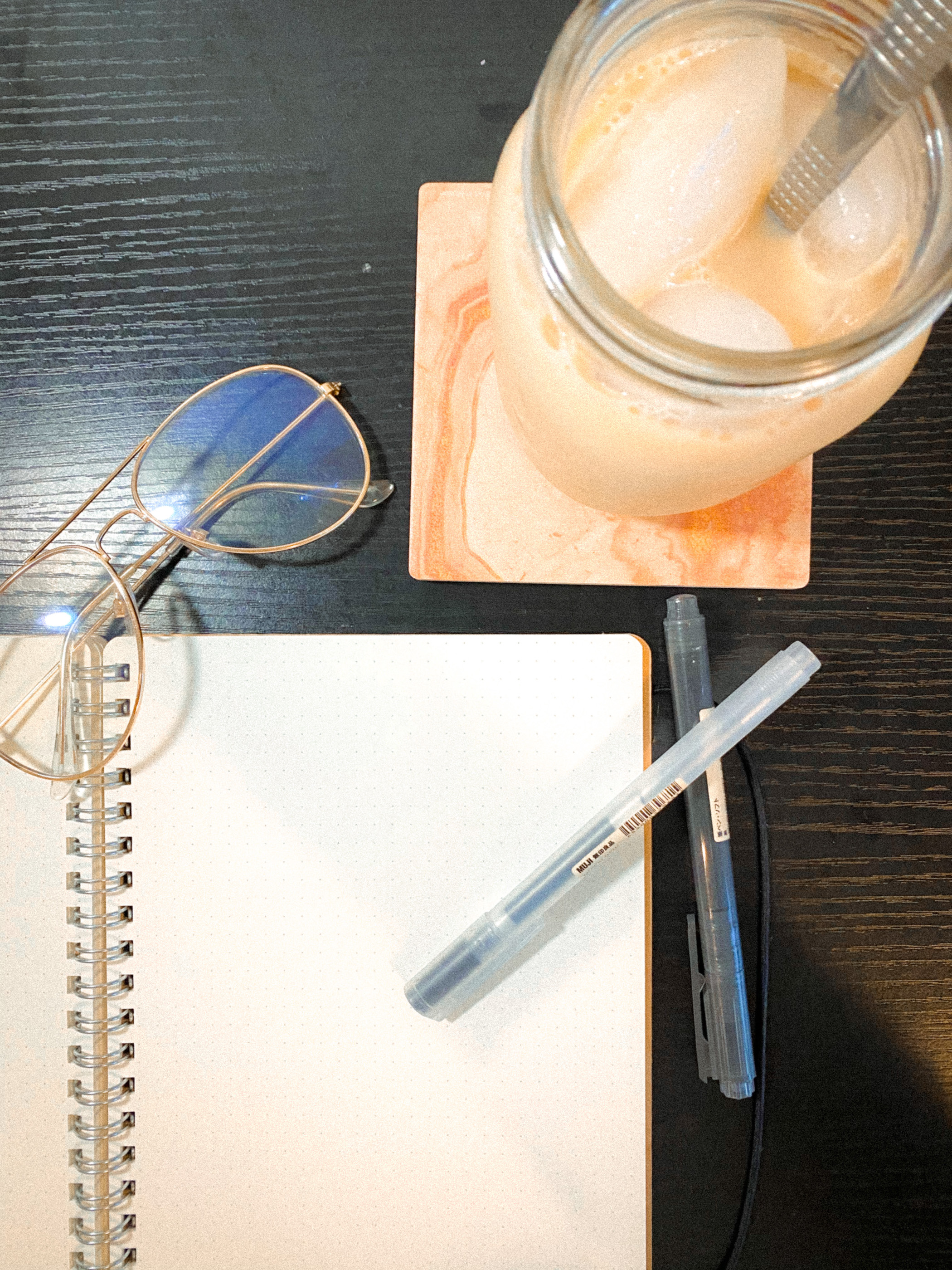
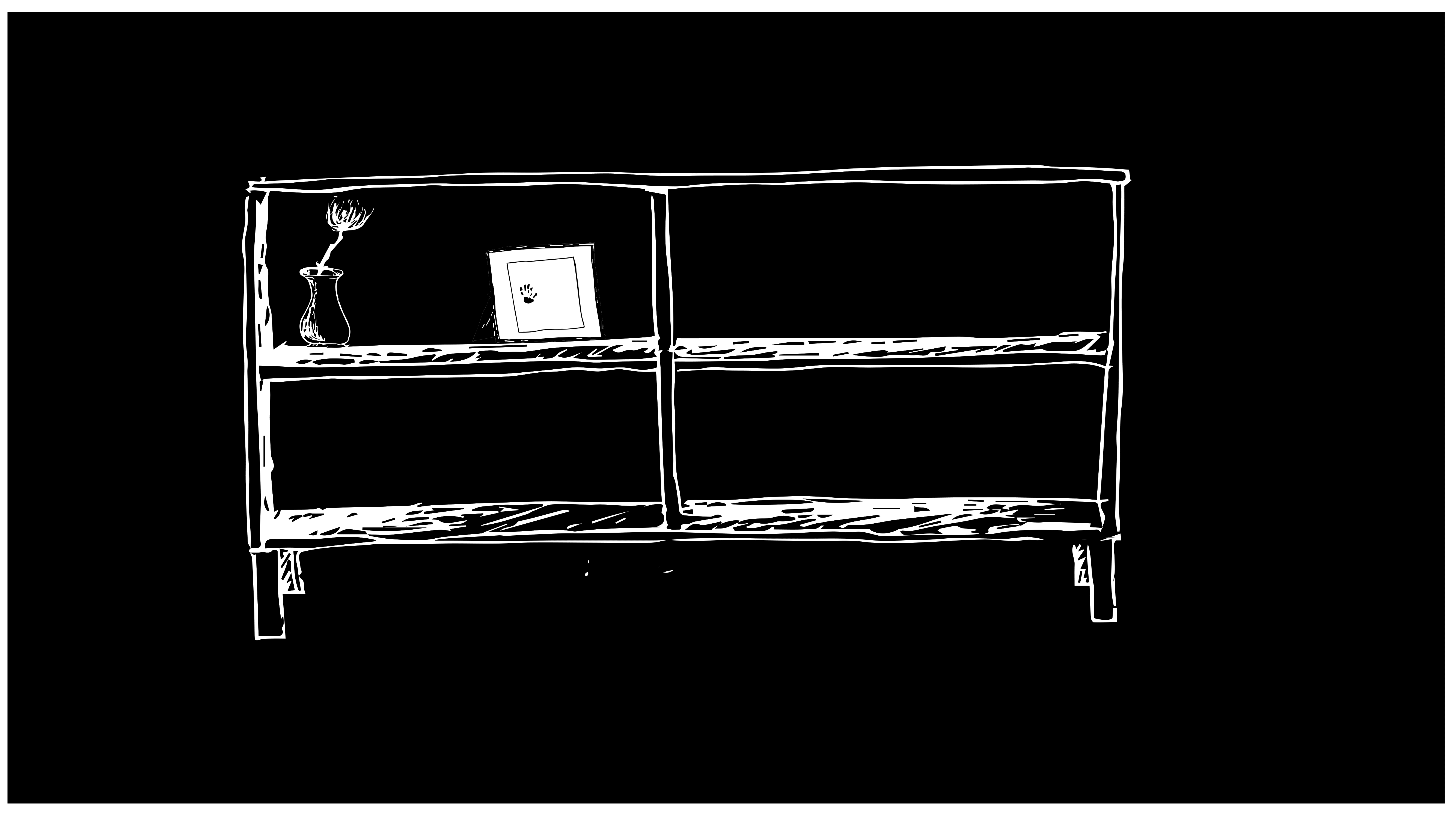
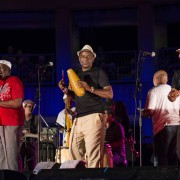
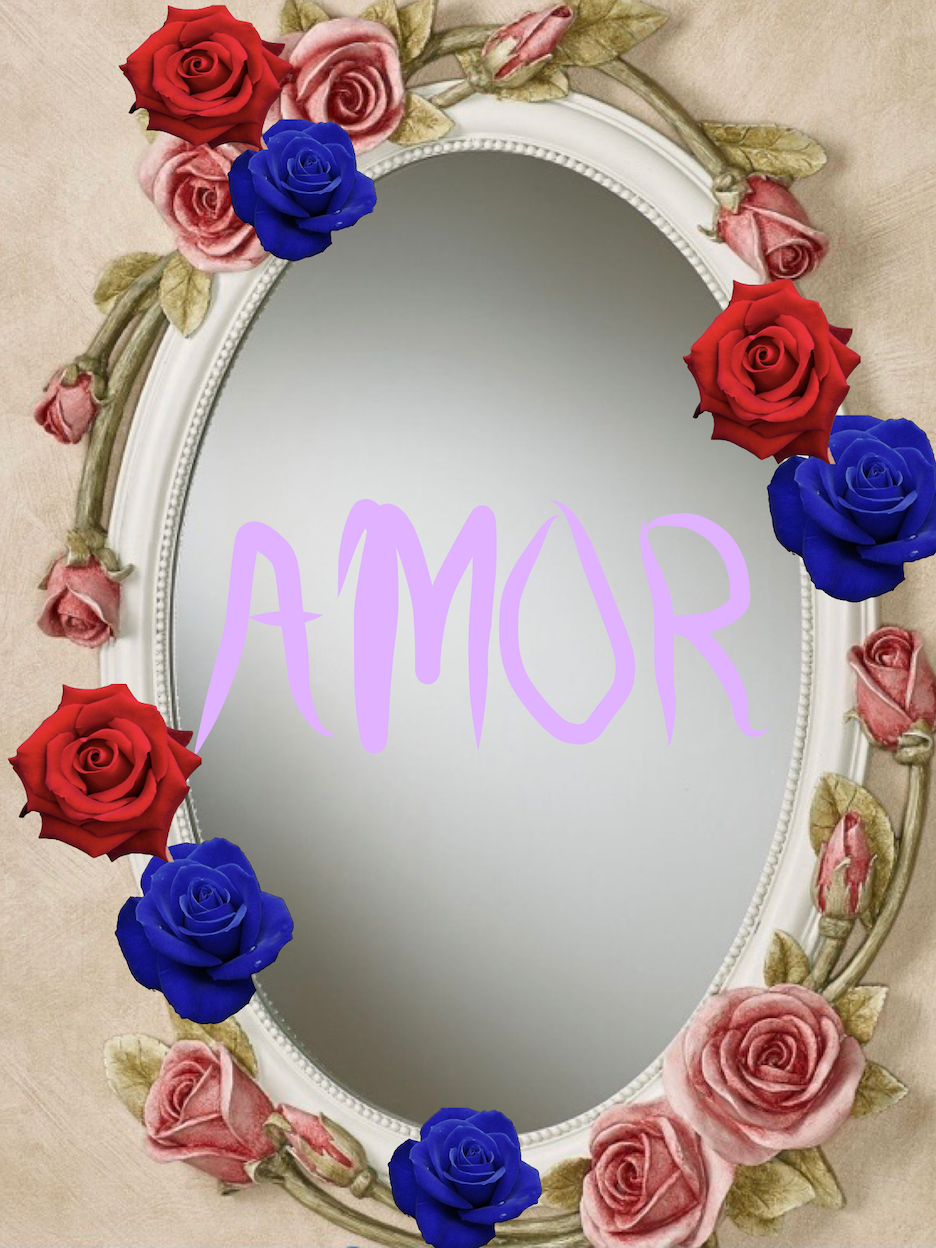
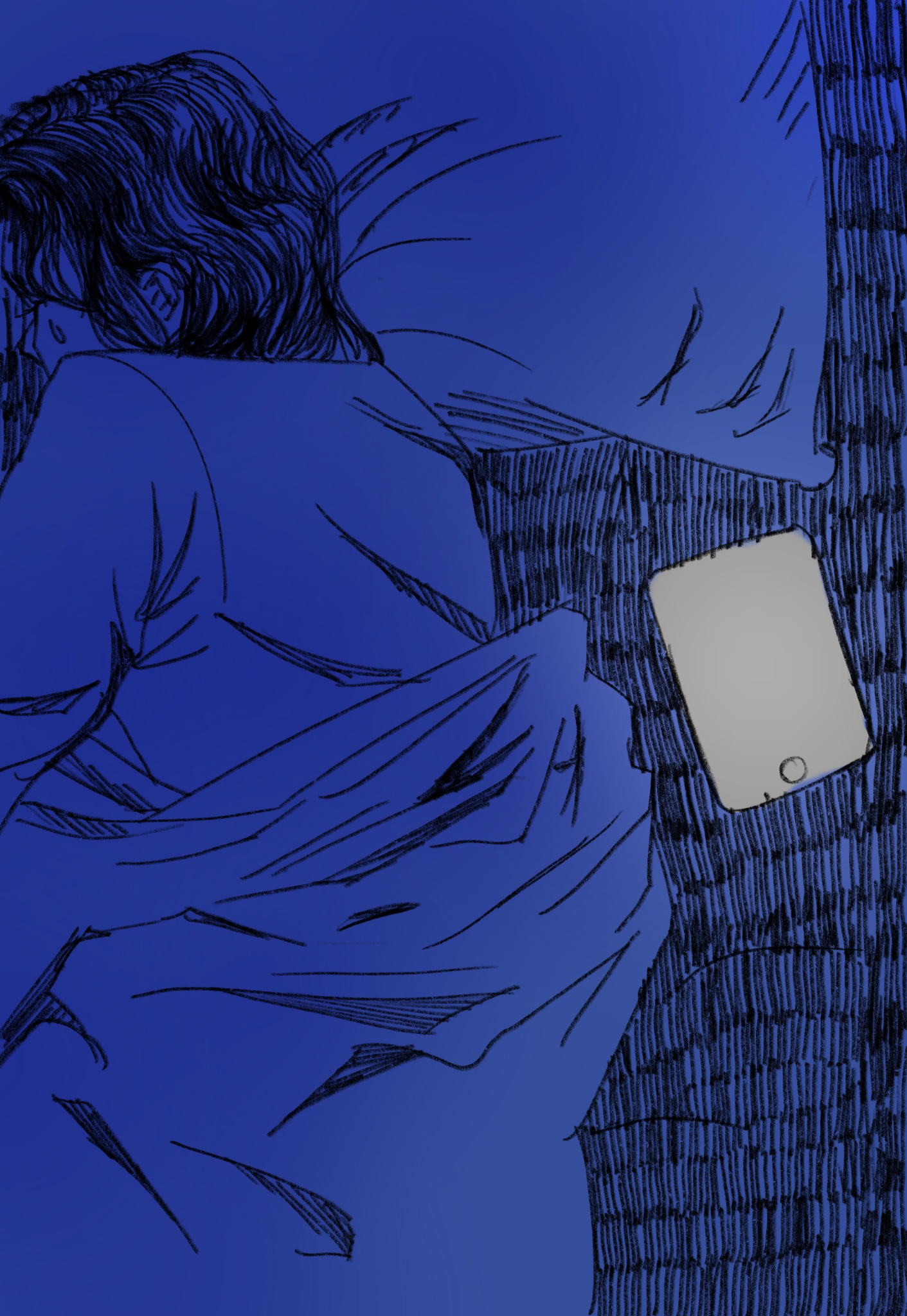


Leave a Reply
Want to join the discussion?Feel free to contribute!